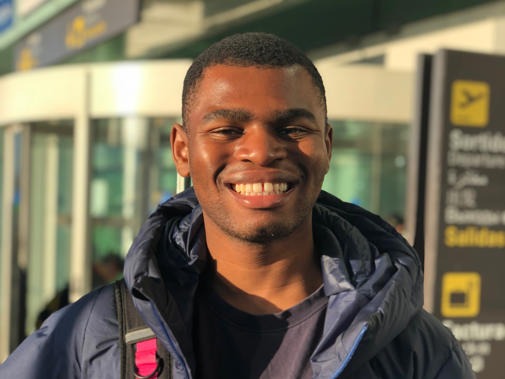When I was asked to write this Black History Month blog, I immediately began casting around for a hero. Who could I think of who could inspire people? Whose story should be more widely known? It’s been a difficult year – what better than an inspirational figure to tide us over until the next one?
As a medical student in London, I don’t have to look far for black doctors from history: Africanus Horton, James Samuel Risien Russell and Harold Moody are just three examples of local inspirational figures. Doctors Horton and Moody made strides in the struggle for racial equality in Britain, decades apart. Russell, who won a BMA scholarship, became the first black consultant in the UK, specialising in academic neurology. A statue of Mary Seacole, the first statue of a named black woman in the UK, stands at the entrance to St Thomas’ Hospital, where Horton, Russell and Moody trained.
Black History Month is a chance to reflect on the contributions black British people have made to life in the UK. We share stories of heroes from our past. We seek to popularise their achievements. They are icons with legacies that galvanise those of us who can see ourselves in their stories. Heroes are useful. They can inspire change long after they’ve passed – and their formidable achievements deserve to be remembered.
But then I thought a little harder. For all these heroes, the UK still struggles to recognise black people and our needs. Racism remains a huge problem in our hospitals and medical schools, as well as in society more generally. For every hero in our past who overcame discrimination, there are countless others who were denied, whose names and contributions we may never know.
And perhaps you’ll have noticed I’ve not listed any black doctors who were heroines. This is not to suggest that there weren’t any. But the hero is handed to us from the past. Making sense of history this way relies on the records of people who sadly weren’t that open to the idea of black women being doctors. Searching online, I’m directed to Elizabeths – Garrett Anderson and Blackwell – neither of whom was black (though important pioneers in their own right). I’m even shown Jo Martin, who is the first black woman to portray the eponymous Doctor Who. Remembering is tricky business.
So, I thought, maybe this blog would be a bit more than polishing the blue plaques of black doctors from days gone by.
This Black History Month I’d like to focus on the black community, not on individuals. And in medicine, we’re a diverse group. Whether we’ve trained in the UK or abroad, members of the LGBT community or allies, of all faiths or none – we all play our part in caring for patients. And we all deserve to be recognised – all year round.
Centring our thoughts this Black History Month on our community is a chance to ensure we’re working as best we can to be inclusive and supportive. Celebrating communities goes beyond highlighting heroes. A communal focus lays the groundwork for making sure there can be lots more. A celebration of our history needs to be coupled with an investment in our future. And when our community’s needs are taken into account – at work, at medical school, and everywhere else – more of us can thrive. It highlights that we matter, far more effectively than any gesture at historical heroes from the past. The impact of a community-minded approach will go further than any one person’s efforts.
While exceptional individuals can be inspiring, they remain exceptional – most black people, and most black doctors, won’t be remembered in the same way. We won’t all get blue plaques or statues built to remember us by. That’s OK. We can still make history together.
Temitope Fisayo is a fourth-year medical student at King’s College London and a member of the BMA equality, diversity and inclusion advisory group.

